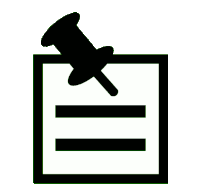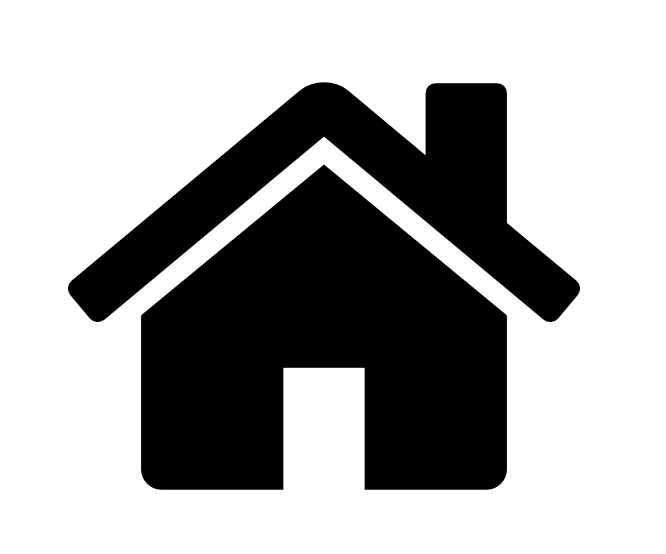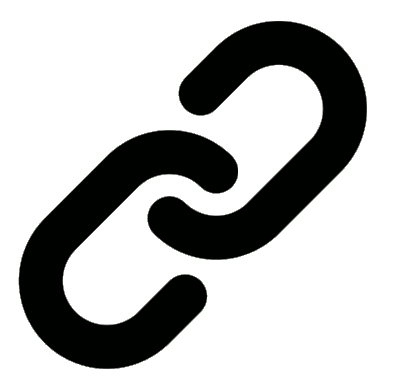| Re: Head on collision at Abermule - 100 years ago this week Posted by grahame at 18:38, 23rd January 2021 |     |
A more recent incident took place in 2019 (yes, seriously!) see ((here)). By now, train drivers had radios and the first one who saw the other approaching train could radio to it to stop, whereas at Abermule the local train carried on at full steam into the Express, which was slowing.
Edit - years later - to add another fatal headon collision caused by regulation failure. From the Rocky Mountain Goat
On 21 November 1950, tragedy struck. At 10:35 a troop train carrying members of the 2nd Regiment Royal Canadian Horse Artillery bound for Fort Lewis, Washington collided head on with the eastbound “Continental,” the Vancouver to Montreal passenger train. The engines and leading coaches of both trains derailed and the forward cars of the troop train were thrown over an embankment and destroyed. There were no passenger casualties on the Continental however there was a heavy toll to the ranks of the troop train. 17 members of the 2RCHA and the 4 CN crew members from the two trains perished in the wreck.
A critical error in copying train orders for the westbound troop train by 22-year-old Operator A.J. Atherton resulted in three words, “at Cedarside and” not being relayed to the train crew. Without those words the troop train expected to meet the passenger train at the Canoe River siding while the passenger was expecting to meet at Cedarside.
A critical error in copying train orders for the westbound troop train by 22-year-old Operator A.J. Atherton resulted in three words, “at Cedarside and” not being relayed to the train crew. Without those words the troop train expected to meet the passenger train at the Canoe River siding while the passenger was expecting to meet at Cedarside.
| Head on collision at Abermule - 100 years ago this week Posted by grahame at 16:18, 23rd January 2021 |     |
100 years ... the Abermule Railway disaster. 26th January 1921. A single line, head on collision between two trains which claimed the lives of 17 people.
Earlier accidents on single lines had lead to the introduction of train staffs, tokens and tickets to help ensure that there couldn't be one train going each way on a single line at the same time. A well known example was the accident at Thorpe, Norwich in 1874 which also claimed 17 lives (and 4 dies later) showing that telegraphic messages to have the signalmen at both ends agree was insufficient.
By 1921, the token system had been in replace for a long time. And it re-assured people, on that fateful day giving them a false sense of security when the human beings using it didn't check. The train from Whitchurch, westbound, arrived in Abermule from Montgomery with, correctly, a token for that section. The train from Aberystwyth, eastbound, arrived at Newton with, correctly, a token from Moat Lane Junction.
Now tokens are passed to and from trains in pouches on loops, so that they can be passed to and from drivers on express trains without stopping. At Newton, the token from Moat Lane Junction was replaced by a token to Abermule, the loop passed to the eastbound train driver, who checked the token and set off. At Abermule, though, the token from Montgomery was collected by one of the staff at the station, and passed through colleagues and, because of a misunderstanding, back to the driver. The driver failed to check that he had the correct token and he, too, set off.
Any rail collisions are rare ... and single line collisions rare among the rare. One outcome from Abermule was the interlocking of signals to the token instruments, to help ensure that signals could not be cleared until a token had been issued in the correct direction from the tied machines which are at both ends of the section.
These days, tokens are still in use on a few lines - at places like Maiden Newton you can still see them being swapped over - though these days by the driver in a cabin on the platform. The line through Abermule remains open - though the station is closed, and a very modern system is in use there involving in-cab indications to drivers, with signals replaced by trackside boards to help indicate exact locations to drivers.










